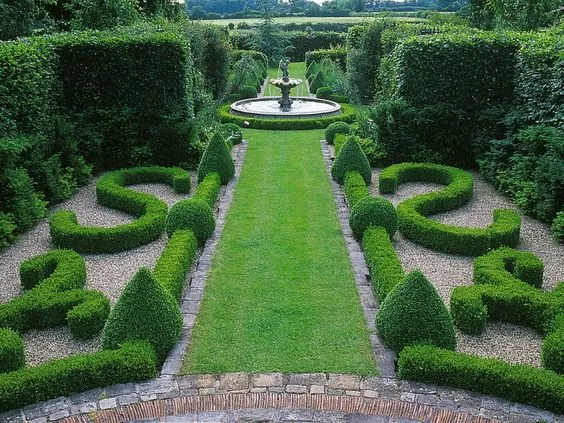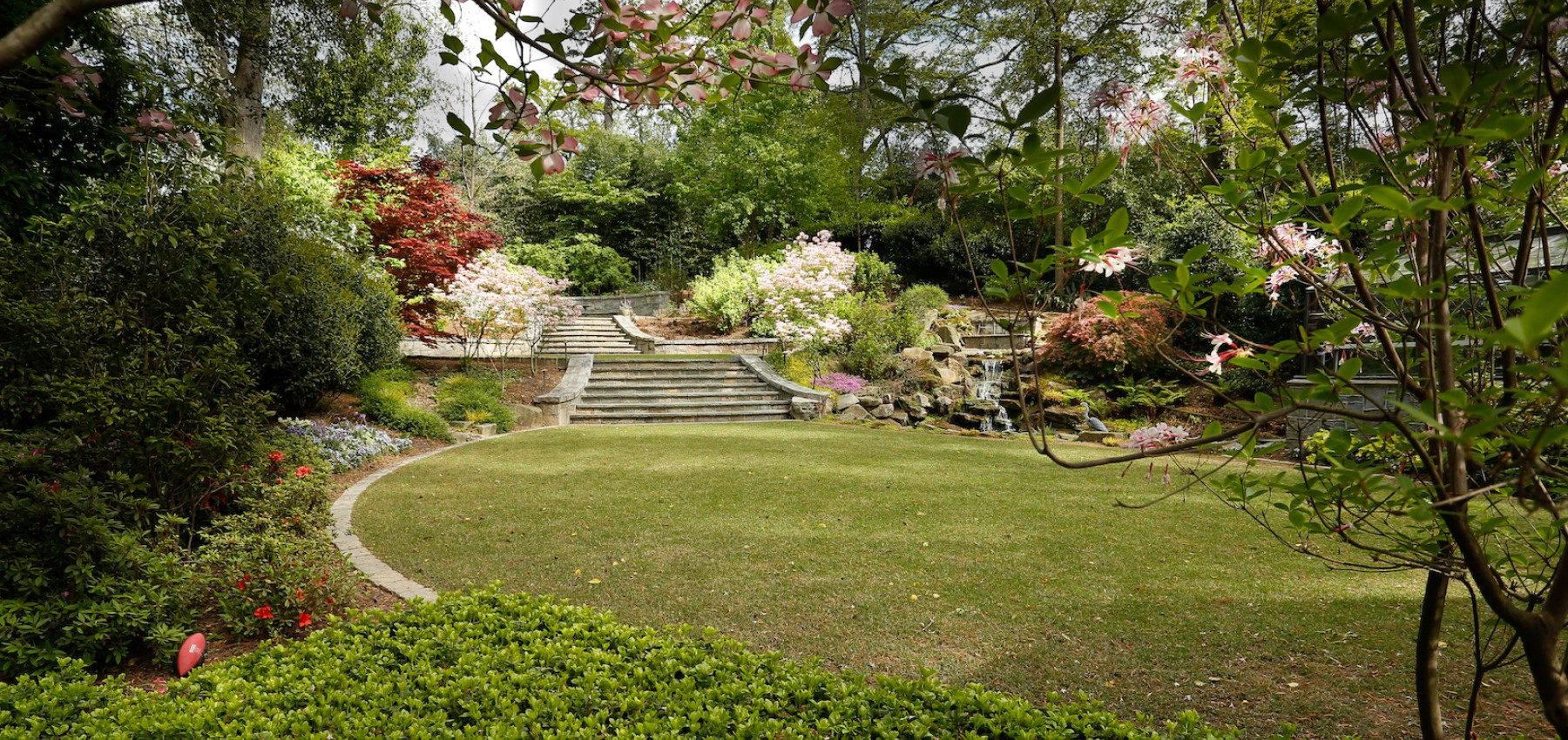Some Known Incorrect Statements About Landscapers
Some Known Incorrect Statements About Landscapers
Blog Article
The Basic Principles Of Landscapers
Table of ContentsAll About LandscapersThe Of LandscapersRumored Buzz on LandscapersRumored Buzz on LandscapersHow Landscapers can Save You Time, Stress, and Money.
- A tree or bush (hedge) that loses its leaves in winter. In the PNW there are semi-deciduous or semi-evergreen plants that may shed their leaves relying on exactly how cold the winter is. Abelia and some hebe are fine examples. Landscapers. - A flat event room, made of wood or composite material (made to resemble timber), generally nearby or connected to a framework.

- Granite that is weathered to the factor that it is an extremely great aggregate. This is a natural process, and the outcome can be utilized for paths and patios. Disintegrated granite is typically referred to as DG. It is especially valuable in modern-day landscapes. - Key landscape attributes being recommended in a landscape design plan.
Landscapers Fundamentals Explained
These objectives direct the style process, not the developer's design or choices. Typical layout goals in Portland are low maintenance, drought forgiving, and animal pleasant. - Refine for removing or thinning the dead reduced degree of a mature yard. Thatch is yard that has died and accumulated below the eco-friendly blades.
Over time this layer can get very thick and make it difficult for water, sunlight, and nutrients to obtain to parts of the turf.- The procedure of collecting and controlling the flow of water on a residential or commercial property. This can be made with grading, French drains pipes, completely dry wells, absorptive surfaces, sump pump, rainfall gardens, and more.
Quality at the end of hillsides, with all-natural springtimes, or complete of heavy clay have one of the most drainage issues.- A slow-moving feeding irrigation system that utilizes adaptable tubing and emitters to send an exact amount of water per plant. This is the most reliable method of irrigating plants. - The ability of a plant to survive without much summertime water.
- A garden feature where water is represented by an accumulated rock item, generally a crushed rock or granite. These are most typically found in modern-day and Japanese yard layout.- A stone or flagstone outdoor patio, path, or sidewalk built without a concrete base. The base would certainly be compressed crushed rock and the joints would certainly be an accumulation or walkable ground cover.
The 6-Minute Rule for Landscapers
- A rock maintaining or free standing wall surface built without using mortar. A highly competent mason is needed for a completely dry stack stone wall. A lot of walls in Portland are moist stacked, even if they appear to be. - A below ground structure that accumulate water and permits it to reduce percolate right into the soil around it.
Landscape style that is compatible with a sites' setting in both appearance and sustainability without adverse effects to the atmosphere. Bordering in the landscape is a line of demarcation that creates aesthetic passion in the yard by separating one segment from one more sector.
Locations can also have a feeling of "room" offered by trees, various other plantings, fences, or screens. The landscape near the access to a structure. A tree, hedge or vine, educated to grow on a wall surface or fencing into a specific pattern. Specifically valuable for fruit trees, making it simple to gather the fruit their website and containing mess.
A plant that is not native to the place where it will be grown. Thicker bladed lawn lawn that spread out via rhizomes.: The level of dirt on your residential or commercial property prior to bark dirt or compost is spread.
Not known Factual Statements About Landscapers

The purpose, factor, or activity that a location is be landscaped for. Room for growing plants for watching, consuming, or physical task.
Reduced plants that are allowed or encouraged to spread out over a location. Can refer to any kind of "tough" garden elements including statuary or stones but many typically is made use of to refer to paths, patio areas, and walls.: Height distinction between the degree of water in a fish pond (or the level of the visit homepage pump if it sits outside the pond) and the top outlet of water which impacts performance of the water pump in gph (gallons per hour).

All about Landscapers
Standard PNW landscapes are casual. A plant that spreads more than preferred, or into environments where it does damages.
Can include head placements and protection, pipe sizing, GPM specifications, and materials needed to mount this system. Accredited specialist that creates landscapes, schooled in design and design as well as in cultivation.
Landscape developers typically have less education than Landscape Architects and are not certified. A finished landscape layout, describing all components for the new landscape.
A water tight HDPE material used underneath fish ponds, streams and waterfalls in water attributes. Using numerous plantings of the same selection to fill up in an area in the landscape.
Report this page